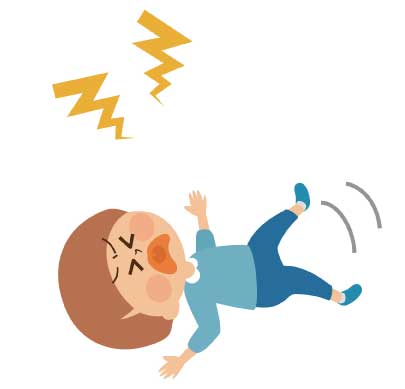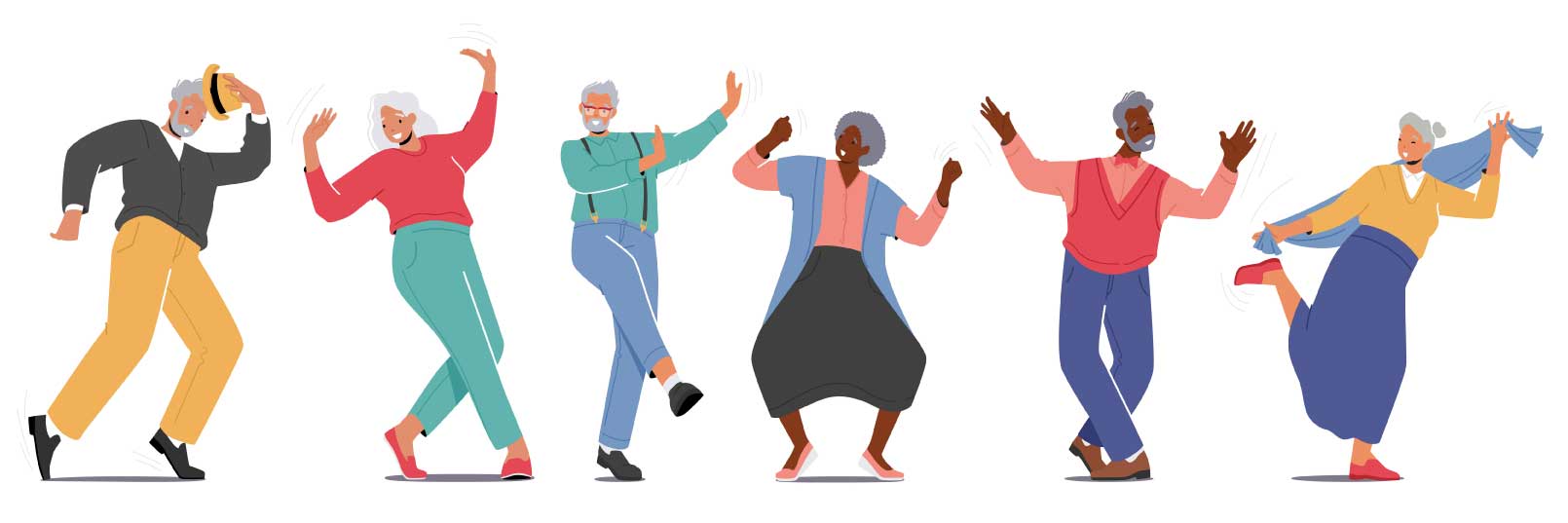Moving & Shaking
Releasing stored trauma
Trapped emotions
Emotions require a physical outlet. As a few therapists I’ve spoken with about this topic like to say: Emotions are energy in motion.
The fight response, when anger and fear prime us to defend ourselves, can leave us wanting to hit, throw, or otherwise physically destroy things. The flight response tries to send us running. Our bodies shake and tremble with sobs, fear, rage, and even laughter, while exciting news can have us jumping for joy. At the very least, we need to get our mouths moving, perhaps venting our frustrations or screaming in excitement.
When we repress these urges, that energy doesn’t go anywhere. It seems that our bodies just hold onto the emotions until we finally allow them to be released.
As these emotions pile up inside of us, they become scarier and more overwhelming for our nervous systems. This is especially the case for big traumatic events that people aren’t able to process, but it’s also true for smaller traumas and emotional experiences. The emotional energy gets trapped in our bodies, and it essentially builds up until our nervous systems can’t handle it anymore.
The solution: moving and, specifically, shaking.
Shake it off
All animals, except humans, shake to release energy from their bodies after a traumatic event. It is thought that this is one reason that animals in the wild don’t experience things like PTSD.
Our bodies need to move to release the stored emotions and stored traumas. There are a lot of videos online that can guide you through shaking processes. I didn’t follow those too much, as I’d already begun allowing my body to just do what it needed by the time I finally learned about shaking as a technique for trauma release. When I was sickest, I would lay in bed (I couldn’t do anything else) and breathe into my legs, hips, and lower abdomen. This would eventually cause my legs to start shaking. Initially, I resisted the shaking, which triggered a very uncomfortable, scary sensation in my lower body. When I finally allowed my body to just do what it wanted, my legs would shake, kick, and vibrate for quite a few minutes. After each episode, I felt better.
You can try doing what I did, or, if you’re up for it, you can try standing and letting your whole body shake out to some upbeat song. These activities helped me realize how much our bodies need to move with emotions more generally. Other things you can try include:
- Going through the motions of a little kid having a temper tantrum, though I recommend doing so silently on a bed, rather than loudly on the floor as toddlers do;
- Jumping up and down or stamping in frustration;
- Allowing your body to cower and shake in fear, putting your arms up in a protective position;
- Punching and kicking the air or a punching bag, possibly while visualizing the source of your anger in front of you or possibly just releasing the emotion; or
- Anything else your body seems to need — this is a good opportunity to practice listening to your body and following through with what it’s asking of you.
As with all other techniques, shaking on its own is likely not enough. Many of the online videos I’ve seen for shaking focus just on getting the body to shake, without trying to access the emotion itself. I found that in order to get the full emotional release, you’ll still likely have to feel the emotion — the anger or fear or grief or shame — that’s triggering the need to move. But if you have a history of trauma, even comparatively minor little-t trauma, you’ll likely find that shaking and other movements are critical to healing.
What about exercise?
Exercise is immensely helpful at releasing emotions and stored trauma. BUT, only when your body and nervous system are ready. Because trapped emotions and trauma get stuck in your body, and because movement helps release them, the movement from exercise can trigger the release of trapped emotions that you’re not ready to process or deal with. I suspect this is a leading, or at least contributing, cause of the crashes that so many of us experience when we try to exercise or push ourselves too hard while we’re still sick.
I will write more about incorporating exercise back into your life at a later date, but for anyone still in early stages of recovery, I recommend focusing on learning how to access and process your repressed emotions, and on learning to listen and respond to your body’s needs.
Learn more
In the articles below, I dive deeper into topics, tools, and techniques regarding this component of healing. This is where I share what I did to heal and where I’ll add updates as I learn new information on these issues. So make sure to look through these posts as well.
Other Resources
The Healing Pathways Newsletter
Get the latest posts and information about how to heal and reset your nervous system by signing up for the newsletter.




